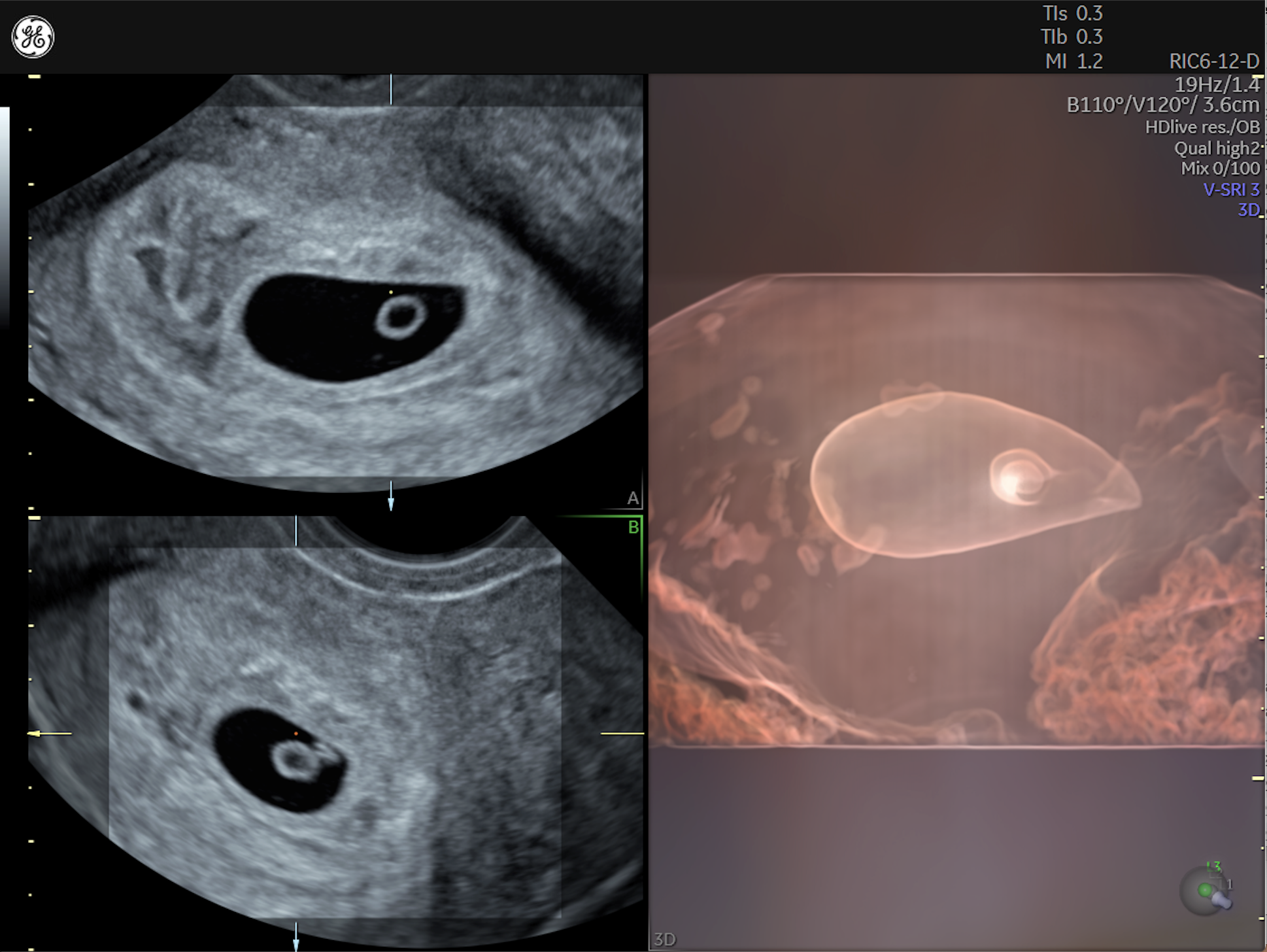Accuracy of Early Pregnancy Ultrasounds: A Comprehensive Guide
Introduction
Early pregnancy ultrasounds are a crucial tool for assessing fetal development and detecting potential complications. The accuracy of these ultrasounds is paramount in ensuring timely and appropriate medical interventions. This article delves into the various factors that influence the accuracy of early pregnancy ultrasounds, including gestational age, ultrasound equipment, and operator experience.
Gestational Age
The accuracy of early pregnancy ultrasounds is highly dependent on the gestational age of the fetus. The optimal time for an early pregnancy ultrasound is between 6 and 8 weeks of gestation. At this stage, the fetus is large enough to be visualized and measured accurately.
- Before 6 weeks: The fetus may be too small to be detected or measured reliably.
- After 8 weeks: The fetus may be too large for accurate measurements, and certain anatomical structures may become obscured.
Ultrasound Equipment
The type of ultrasound equipment used can also impact the accuracy of early pregnancy ultrasounds. Higher-frequency transducers (probes) provide better image resolution and allow for more detailed examination of the fetus.
- Transvaginal ultrasound: This technique involves inserting a probe into the vagina, which provides the clearest images and is the most accurate for early pregnancy ultrasounds.
- Abdominal ultrasound: This technique involves scanning the abdomen through the skin, which is less accurate than transvaginal ultrasound but may be necessary if transvaginal ultrasound is not feasible.
Operator Experience
The skill and experience of the ultrasound operator play a significant role in the accuracy of early pregnancy ultrasounds. Experienced operators are more proficient in identifying and measuring fetal structures, reducing the risk of errors.
- Training and certification: Operators should undergo rigorous training and certification programs to ensure their competence in performing early pregnancy ultrasounds.
- Continuing education: Operators should regularly attend continuing education courses to stay abreast of the latest advancements in ultrasound technology and techniques.
Accuracy Parameters
The accuracy of early pregnancy ultrasounds is typically assessed based on the following parameters:
- Crown-rump length (CRL): This measurement is used to estimate gestational age and assess fetal growth.
- Fetal heart rate (FHR): This measurement is used to assess fetal well-being and detect potential cardiac abnormalities.
- Gestational sac: This structure surrounds the fetus and can be used to confirm pregnancy and estimate gestational age.
- Yolk sac: This structure provides nourishment to the fetus and can be used to assess fetal viability.
Limitations and Uncertainties
Despite the high accuracy of early pregnancy ultrasounds, there are certain limitations and uncertainties that should be considered:
- Gestational age estimation: The CRL measurement is not always precise, and there can be some variability in gestational age estimation.
- Multiple pregnancies: Early pregnancy ultrasounds may not always be able to detect multiple pregnancies, especially if the fetuses are close together.
- Ectopic pregnancies: Early pregnancy ultrasounds may not always be able to detect ectopic pregnancies, which occur outside the uterus.
- Fetal anomalies: Early pregnancy ultrasounds may not be able to detect all fetal anomalies, especially those that develop later in gestation.
Conclusion
Early pregnancy ultrasounds are highly accurate in assessing fetal development and detecting potential complications when performed by experienced operators using appropriate equipment and at the optimal gestational age. However, it is important to be aware of the limitations and uncertainties associated with these ultrasounds. By understanding these factors, healthcare providers can optimize the use of early pregnancy ultrasounds to ensure the best possible outcomes for pregnant women and their babies.
